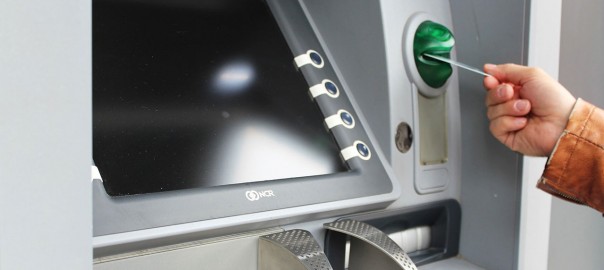India is enjoying the benefits of e-commerce in a big way. Almost any item can be ordered through established online retailers. However, 45% of these transactions are said to be COD – Cash on Delivery.
This indicates that shoppers are still extremely wary of putting their credit or debit card information online. They order on the Net, but pay physically to the delivery boy who comes home to hand over the item.
So, cash is still king and therefore ATMs will continue to be used for such purposes. Moreover, students and housewives do not generally have access to credit cards and prefer cash.
Here is another scenario. A father is busy at work but his son wants to go for a movie with his friends. The father has two options:
1) Transfer money to son’s account using NEFT/IMPS
2) Withdraw money at an ATM and hand over cash to his son
However, there is a new approach possible. The father can initiate an ATM transaction through the mobile, but his son goes to the ATM and picks up the cash. In other words, the father is authorising the bank to withdraw a certain sum of money and hand it over to his son to collect it at the ATM. This unbundling of ATM transaction has a very big advantage. The consumer of the service is different from the person who pays for the service. Father is authenticating the transaction, but son is physically picking up the cash. The advantage here is that father need not physically go to the ATM himself. He is authorising a trusted person to go to the ATM on his behalf and collect the money.
When this service becomes mainstream, we can expect drivers of chauffer-driven cars going into ATMs and withdrawing cash, while the car owner is initiating the transaction while in office or on travel.
Similarly, if a plumber, electrician or any utility service provider has to be paid and the housewife does not have enough cash, there is no need to panic – one can initiate a transaction to move money into a “cash account” for withdrawal at an ATM.
So, has the ATM given up the job of authentication to the mobile? No, not yet. We have made ATM transaction a 2-step process:
Step 1: Move from MyAccount to CashAccount (authenticated on mobile)
Step 2: Move from CashAccount to Cash (authenticated on ATM)
What happens if money is moved to CashAccount but the plumber or electrician does not collect the money from the ATM? The money will roll-back to the source account from where it was funded. However, the bank may levy a charge for the transaction to be reversed.
Some banks are giving a name “card less cash withdrawal”, but this name does not convey the real value-proposition. The big advantage is that the owner of the account can do authentication remotely, while cash-dispensing still happens at the ATM, where the recipient of the money can come and collect.
Another big advantage is that the recipient need not be having a bank account at all. He has been authorised to collect cash based on a 4 digit One-Time-Password or PIN. This opens up new opportunities for banks to service their customers.
Any modern mobile banking platform should support the core feature ‘card-less cash withdrawal’. However, each bank can innovate and position the service differently.
Mr. Chandrashekar Rao has over two decades of experience in Telecom, Software and IT Product Development. He is an M. Tech in Communication Engineering from IIT, Mumbai and is a specialist in Mobile Banking product development & delivery.





